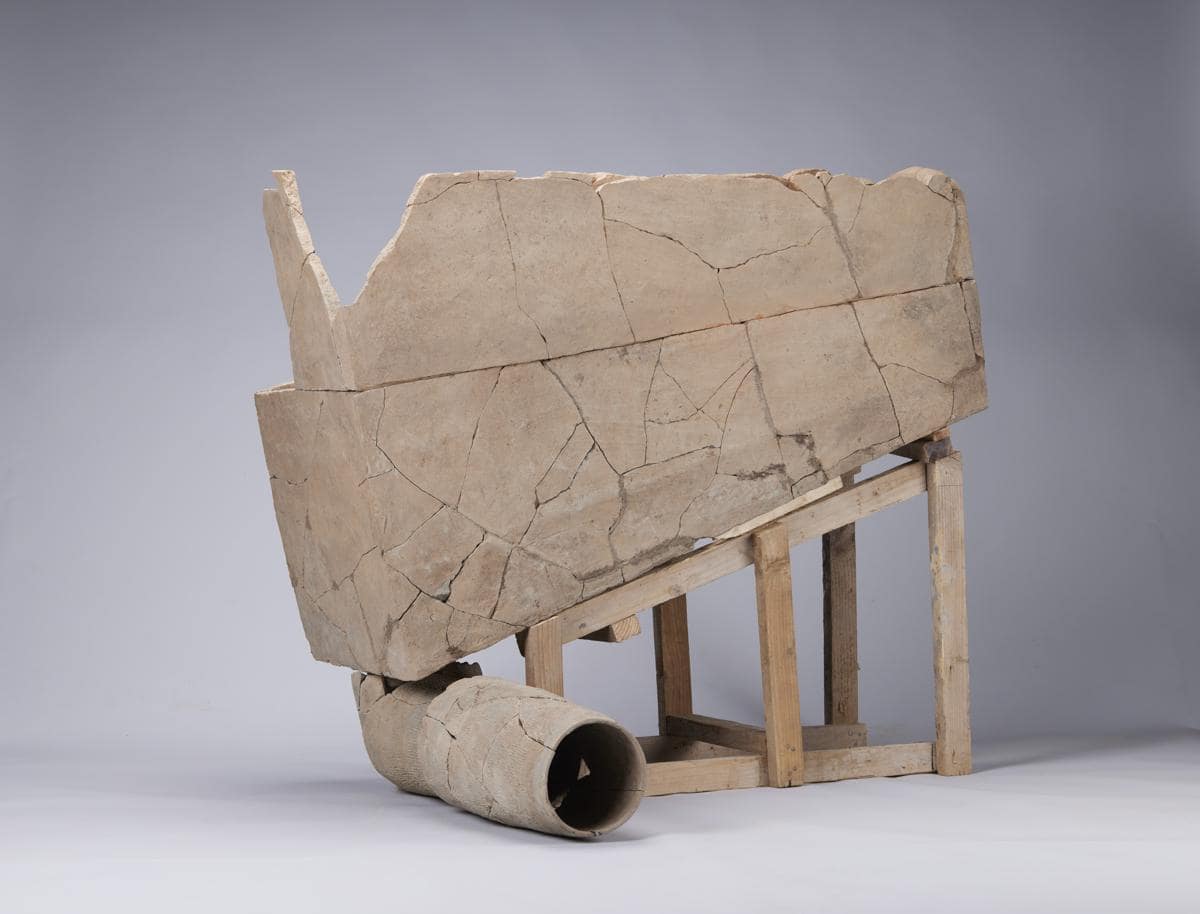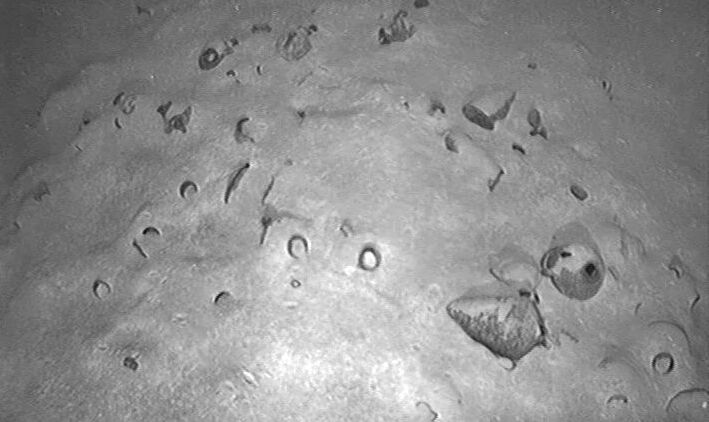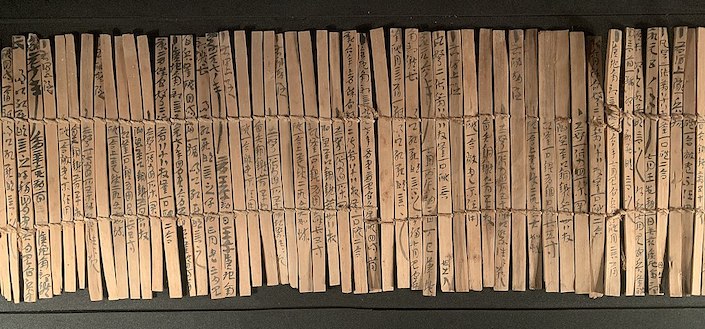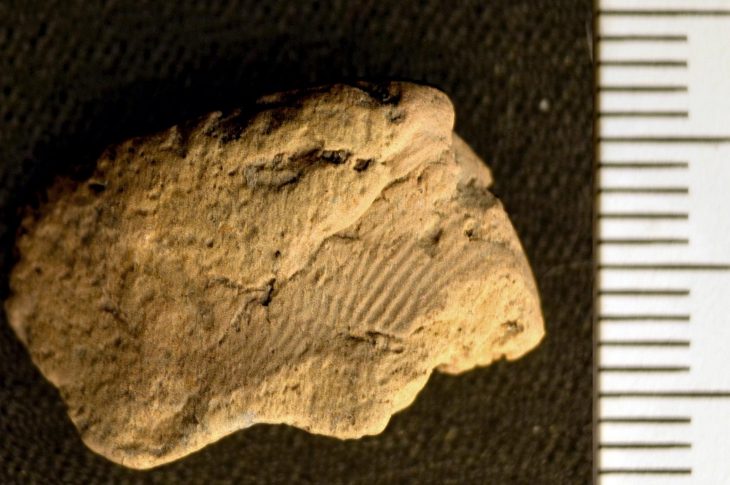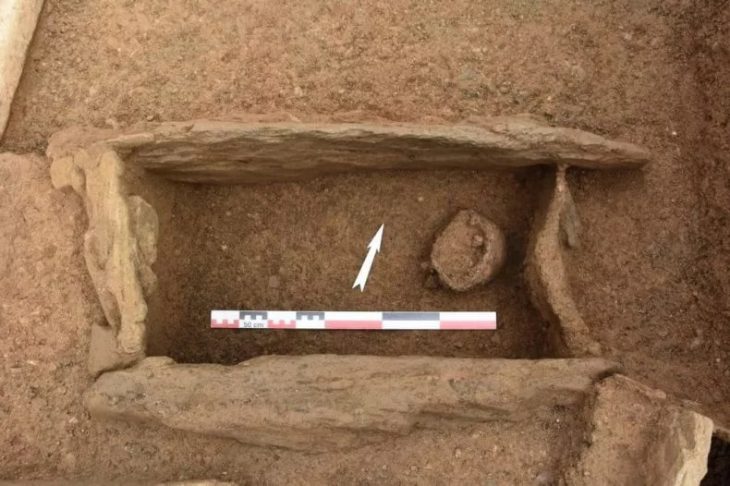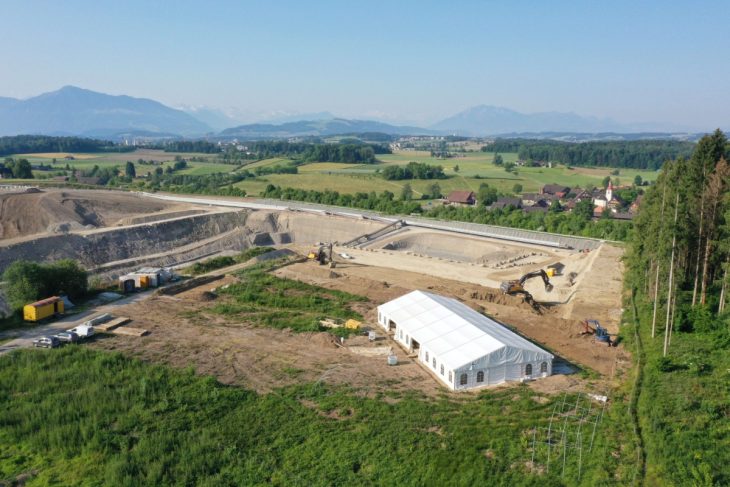According to a China Daily report, the lower parts of a flush toilet estimated to be 2,400 years old have been found in the ancient city of Yueyang in northwestern China.
Broken toilet parts, including a twisted pipe, were discovered at the Yueyang archaeological site in Xi’an, Shaanxi province, last summer. For months, researchers pieced them together before disclosing their findings.
The toilet consists of a bowl, which was situated indoors, and a pipe that led to an outdoor pit. Servants are thought to have poured water into the bowl every time it was used, explained Liu Rui of the Chinese Academy of Social Sciences.
The toilet, discovered among the ruins of a palace in ancient Yueyang, is thought to have been used by Qin Xiaogong (381-338 BC) or his father Qin Xian’gong (424-362 BC) of the Qin Kingdom during the Warring States Period (475-221 BC), or by Liu Bang, the first emperor of the Han Dynasty (206 BC-AD 220). The palace may have been used for administrative purposes.
A “luxury object” such as a flush toilet would only be used by very high-ranking members of society during that time, according to Liu Rui, a researcher at the Institute of Archaeology at the Chinese Academy of Social Sciences.
📣 Our WhatsApp channel is now LIVE! Stay up-to-date with the latest news and updates, just click here to follow us on WhatsApp and never miss a thing!!
Liu and his colleagues are not sure what the upper half of the toilet looked like, or if the user was able to sit on it. Carved images of toilets dated to the Western Han Dynasty (206 B.D.–A.D. 9) suggest that users probably squatted over the bowl.
“The flush toilet is concrete proof of the importance the ancient Chinese attached to sanitation,” Liu said, adding that there were few records of indoor toilets in ancient times.
The first manual flush toilet was thought to have been created by John Harington for Queen Elizabeth I in the 16th century before this one was discovered.
Archaeologists have been excavating in Yueyang, which is today part of Xi’an’s Yanliang district, since 2012. The toilet was found at the No 3 site.
Cover Photo: China Daily

